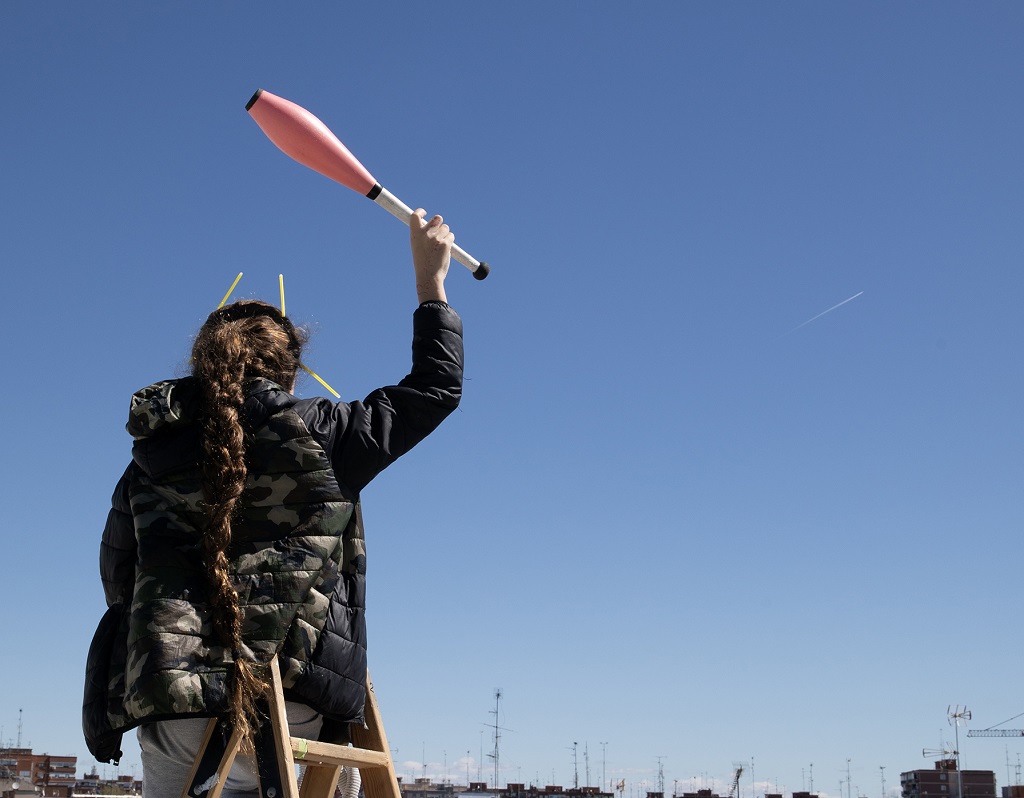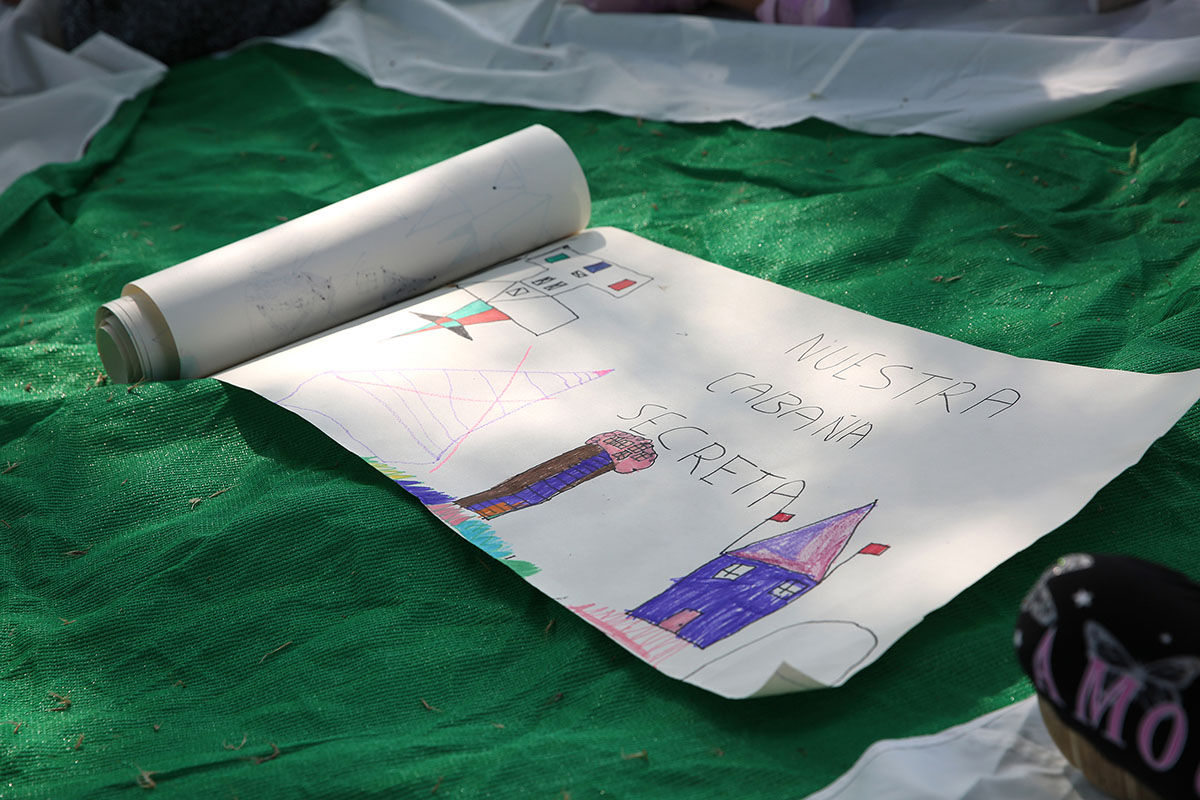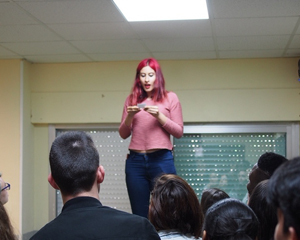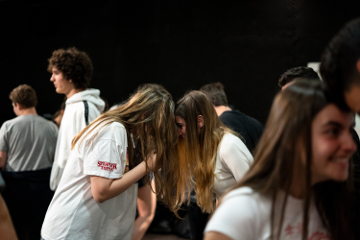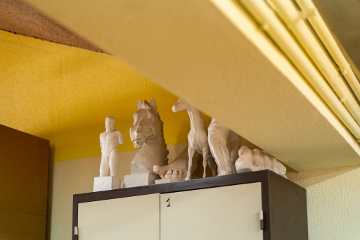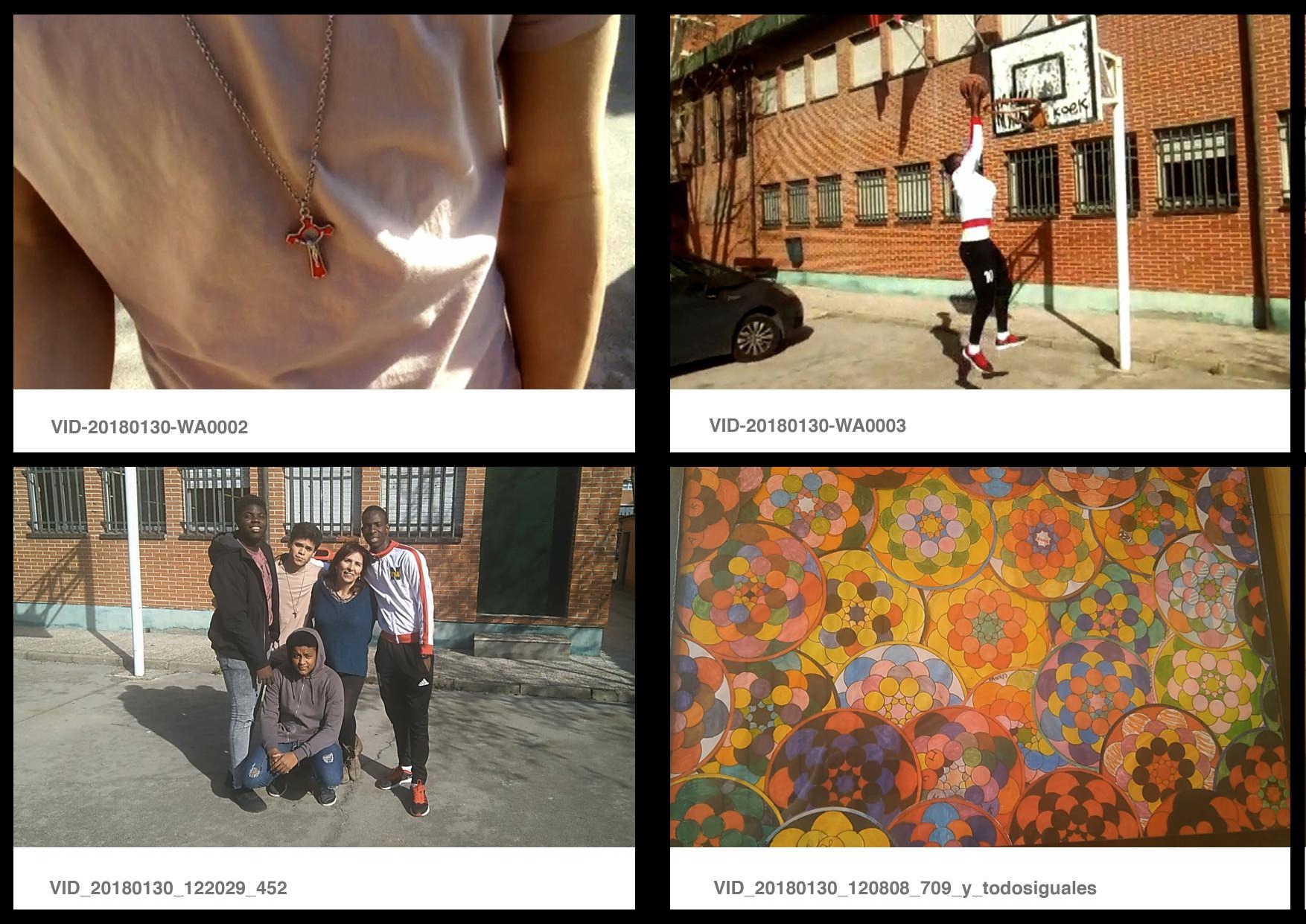There are unused ceramic kilns in the storeroom for the sculpture workshop at the Europa secondary school. When we asked about them we were told that, back in the early 1990s, a group of teachers managed to introduce a Visual Arts course at the school. They spoke nostalgically about when the arts building was built and about the long teachers’ meetings to discuss experimental ideas they would introduce in the classrooms.
It strikes us as incredibly important to try to bring back this passion, especially at a time when art is being pushed out of the curriculum at schools. This year we want to start a project together with José Luis, Mercedes and Carmen (art teachers at the Europa secondary school) so that the students can create their own space for creativity. A place where they can turn on the kilns once again, increase the number of hours in creating, and defend the importance of art.
PHASE ONE: collaboration project between the CA2M library, Education department and IES Europa secondary school
A box of fanzines published by women, a shelf of books classified by weight or by colour, an envelope with minimum publications... A library can be almost anything.
This school year, along with Sonia and Andrea, the librarians at CA2M, we will begin a collaborative project to create an archive of art publications with art students at IES Europa secondary school: a strange, unsuspected library created from holdings discarded from the CA2M library. Students will take discarded books, catalogues and fanzines on a journey to the art classes at IES Europa. Once they find themselves in their new emplacement, we will start to think about and construct a collective archive where we will bring into question the conventional logic of a library in order to create a new archive narrative from materials which were initially rejected and which therefore are situated, from the outset, against the grain. The project seeks to develop new possibilities from creativity and resistance, to bring students into closer contact with contemporary creation and to create new bonds of collaboration between departments and institutions.The first activity will be a three-day workshop to create furniture in which we will jointly design and build an artefact or piece of furniture that will serve as both transport container and display case for the publications.
PHASE TWO: publishing with nothing
During the recent confinement we wanted to continue developing this project, even at a distance. For that purpose, we invited Andrea Galaxina to come up with a proposal to send to students. Taking the form of a tutorial, Andrea prepared a fanzine to explore the creative possibilities of self-publishing.
“In these strange times we are going through, when you cannot leave home to buy things, or perhaps you cannot leave home at all, it is important to realize that the materials we have at hand can open doors to fascinating worlds that perhaps, during our everyday lives, we don’t pay any real attention to. To create with nothing is a political and transformative action. And so too is publishing with nothing. The most subversive way of publishing in history is the fanzine. Furthermore, publishing fanzines allows us to expand our creativity. But we can also turn it into a vehicle to connect with others. Now that our interpersonal relationships have been seriously affected, we can take advantage of this state of emergency to introduce new ways of expressing ourselves and communicating with one another. That’s why in this guide I am going to show you how to make a fanzine with things that you probably have ready access to during confinement: ordinary everyday stationary materials with which we can nonetheless do extraordinary things. I will also give you a brief recap of the history and philosophy behind it and how to distribute our creations without leaving home".
Read Editar con nada. Una pequeña guía práctica (y un poco teórica) para hacer fanzines.
Entrance
It strikes us as incredibly important to try to bring back this passion, especially at a time when art is being pushed out of the curriculum at schools. This year we want to start a project together with José Luis, Mercedes and Carmen (art teachers at the Europa secondary school) so that the students can create their own space for creativity. A place where they can turn on the kilns once again, increase the number of hours in creating, and defend the importance of art.
